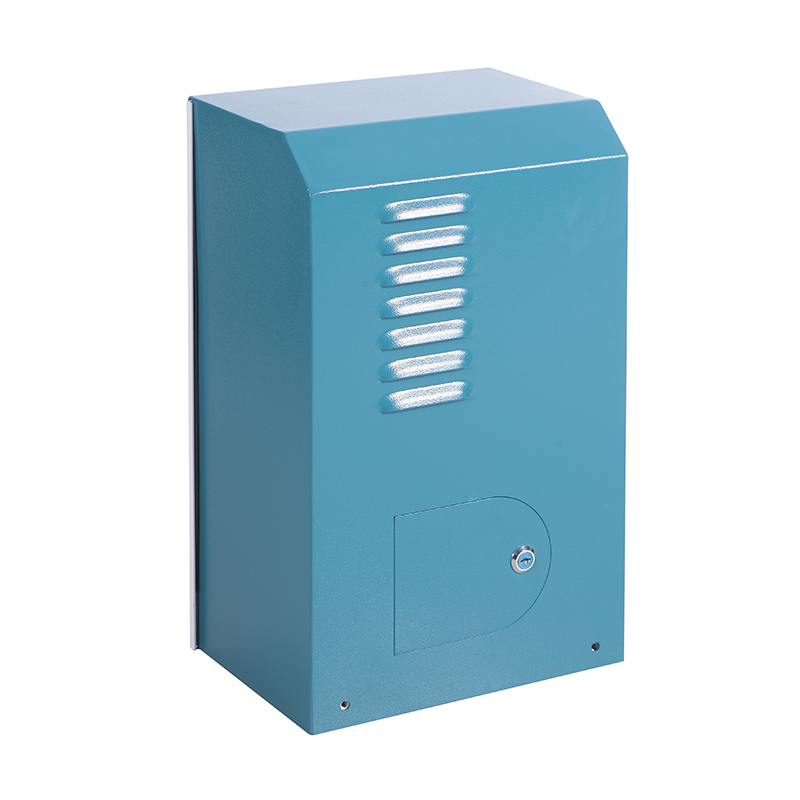Automatic sliding gate openers offer convenience, security, and enhanced accessibility for residential and commercial properties. However, ensuring the safety of users and property is paramount when integrating these automated systems. In this article, we explore specific safety features that are essential in automatic sliding gate openers to prevent accidents, protect individuals, and promote secure operation.

1. Obstacle Detection Sensors:
Obstacle detection sensors are perhaps the most critical safety feature in automatic sliding gate openers. These sensors use infrared or ultrasonic technology to detect obstructions in the path of the closing gate. Upon detection, the opener automatically stops or reverses the gate's movement to prevent collisions and injuries.
2. Auto-Reverse Mechanism:
An auto-reverse mechanism is designed to activate when the gate encounters an obstruction during closing. It ensures that the gate reverses direction immediately upon contact with an object, preventing entrapment or injury to individuals or property caught in its path.
3. Safety Beams or Photoelectric Sensors:
Safety beams or photoelectric sensors create an invisible beam of light across the gate opening. If this beam is interrupted by an object or person, the gate stops or reverses its movement to prevent accidents. Safety beams provide an additional layer of protection, especially in areas where obstacles may not be easily detected by other sensors.
4. Manual Release Mechanism:
A manual release mechanism allows for manual operation of the gate in the event of a power outage or malfunction. This feature ensures that users can still open or close the gate manually, maintaining access to the property during emergencies.
5. Adjustable Closing Force:
Automatic sliding gate openers should have adjustable closing force settings to control the force exerted by the gate during closing. This feature prevents excessive force that could cause injury or damage in case of contact with an obstruction.
6. Safety Edge:
Some automatic sliding gate openers are equipped with safety edges along the leading edge of the gate. These edges contain pressure-sensitive strips that trigger the gate to stop or reverse upon contact with an object, providing an additional layer of protection against entrapment.
7. Timer-to-Close Function:
The timer-to-close function automatically closes the gate after a preset amount of time. This feature ensures that the gate remains closed after a specified period, reducing the risk of unauthorized access and enhancing security.
8. Weatherproof Design:
Weatherproof construction ensures that automatic sliding gate openers can withstand exposure to various weather conditions, including rain, wind, and extreme temperatures. This feature ensures reliable operation and longevity of the opener in outdoor environments.
9. Battery Backup:
A battery backup system provides power to the automatic sliding gate opener in the event of a power outage. This ensures uninterrupted operation and access to the property during emergencies or power failures.
10. Compliance with Safety Standards:
Automatic sliding gate openers should comply with industry safety standards and regulations, such as UL 325 in the United States. Compliance ensures that the opener meets specific safety requirements and undergoes rigorous testing to prevent accidents and ensure user safety.
Conclusion:
Incorporating essential safety features in automatic sliding gate openers is crucial to protecting individuals, property, and vehicles while ensuring secure and reliable operation. From obstacle detection sensors and auto-reverse mechanisms to safety beams, manual release mechanisms, and weatherproof design, these features collectively contribute to a safe and user-friendly access solution. By prioritizing safety in the design and installation of automatic sliding gate openers, property owners can enjoy the convenience and security of automated access while minimizing the risk of accidents and injuries.